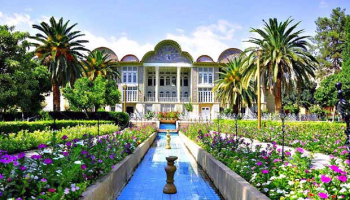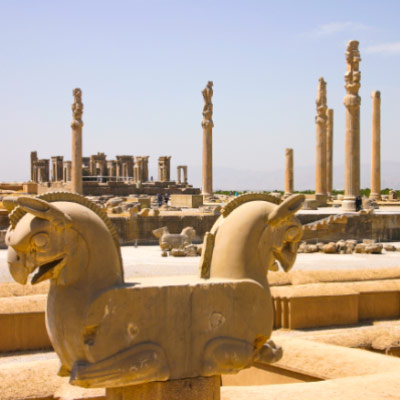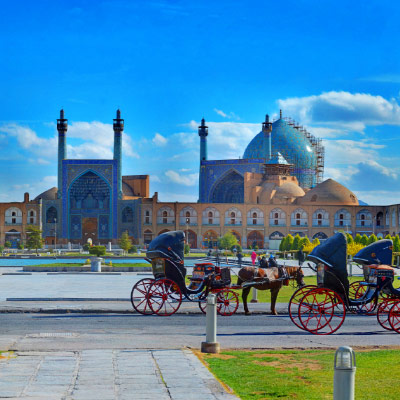Iran
About Country
Iran
Iran Geographical Location and Population Composition
Iran, situated in Western Asia, boasts a diverse geographical landscape and a rich tapestry of population. It shares its northern border with the Caspian Sea and the southern border with the Persian Gulf. This strategic location has historically made Iran a crossroads for civilizations and a vital hub for cultural exchange and trade.
The Iranian population is characterized by its ethnic diversity, primarily composed of Persians, alongside Azeris, Kurds, Arabs, and Baluchis. The capital, Tehran, is not only Iran's largest city but also one of the most populous in Western Asia. Population distribution varies across regions due to climate, resources, and economic opportunities, with the northern areas being more densely populated, in contrast to the sparser central plateau and southeastern deserts. This unique blend of geography and demographics shapes Iran's cultural, economic, and political landscape, making it an attractive destination of tourism.
Climate conditions and tourism situations in different seasons
Iran experiences a diverse climate and distinct seasons, making it a year-round tourist destination.
In spring, the country comes to life with colorful blossoms and pleasant temperatures, making it an ideal time to explore cities like Isfahan and Shiraz, where gardens and historical sites shine.
Summer brings warm to hot weather, attracting travelers to the northern provinces along the Caspian Sea, where lush forests and cool coastal breezes provide a refreshing escape. The pristine beaches and lush landscapes in the north are a draw for beachgoers and nature enthusiasts.
Autumn paints Iran with golden hues, particularly in the Alborz Mountains. The crisp weather is perfect for hiking and outdoor adventures. It's also the season for grape harvest and festivals in wine-producing regions.
Winter brings snow to the mountains, offering excellent skiing opportunities in resorts like Dizin and Shemshak. For those who prefer milder weather, the southern regions and cities like Kish Island provide a warm and sunny getaway.
No matter the season, Iran's rich history, breathtaking landscapes, and vibrant culture make it a captivating destination year-round.
Iran's Cultural Cities
Iran is a country steeped in history and culture, with its major cities offering a rich tapestry of cultural attractions.
Tehran, the capital, houses the Golestan Palace, a UNESCO World Heritage site known for its stunning architecture and historical significance. The National Museum, Carpet Museum, and the bustling Grand Bazaar are also must-visit cultural spots.
Isfahan, often called "Half of the World," boasts exquisite Persian architecture, including the iconic Imam Square, Sheikh Lotfollah Mosque, and the stunning Imam Mosque.
Shiraz, known as the city of poets and literature, is home to the Tomb of Hafez and Saadi, two of Iran's most celebrated poets. The Pink Mosque, Nasir al-Mulk Mosque, and the ancient city of Persepolis are other cultural treasures.
Yazd, an oasis city in the desert, showcases the unique architecture of its old town, wind towers, and Zoroastrian heritage.
Each of these cities offers a deep dive into Iran's rich cultural heritage, from art and architecture to literature and history, making them fascinating destinations for cultural exploration.
Iran's Natural Attractions
Iran boasts a diverse range of natural attractions that are a paradise for nature enthusiasts. The Zagros Mountains, stretching across western Iran, offer excellent opportunities for hiking, with pristine landscapes and lush valleys.
The Dasht-e Kavir and Dasht-e Lut deserts in the central regions of Iran are perfect for those seeking the stark beauty of endless sand dunes and unique geological formations.
The Caspian Sea's northern coastline provides picturesque forests and serene beaches. Golestan National Park is a biodiversity hotspot, with numerous plant and animal species.
The Qeshm and Hormuz Islands in the Persian Gulf are known for their stunning beaches and vibrant coral reefs, making them popular for water sports and underwater exploration.
In the northwestern region, Hyrcanian forests are a UNESCO World Heritage Site, with ancient woodlands and diverse wildlife.
Overall, Iran's natural wonders offer something for everyone, from the lush to the arid, and from mountains to the sea, making it an excellent destination for nature lovers and adventure seekers.
Iranian Cuisine
Iranian cuisine is a delightful culinary journey for tourists, offering a rich tapestry of flavors and traditions. From aromatic saffron-infused rice dishes like Chelo Kebab to hearty stews such as Ghormeh Sabzi and Fesenjan, Iran's food is a reflection of its diverse culture.
The bustling bazaars, like Tehran's Grand Bazaar, are a sensory overload with stalls selling spices, nuts, and sweets. Don't miss the opportunity to try Iranian street food, like Dizi, a traditional meat and bean stew, or various kebabs.
Iran's culinary heritage also includes a wide array of sweets, such as baklava and Sohan, often accompanied by traditional Persian tea.
Food in Iran is not just about nutrition; it's a cultural experience that allows tourists to explore the country's history and traditions through their taste buds. The warmth and generosity of Iranians in sharing their food make the culinary journey even more memorable for travelers.





